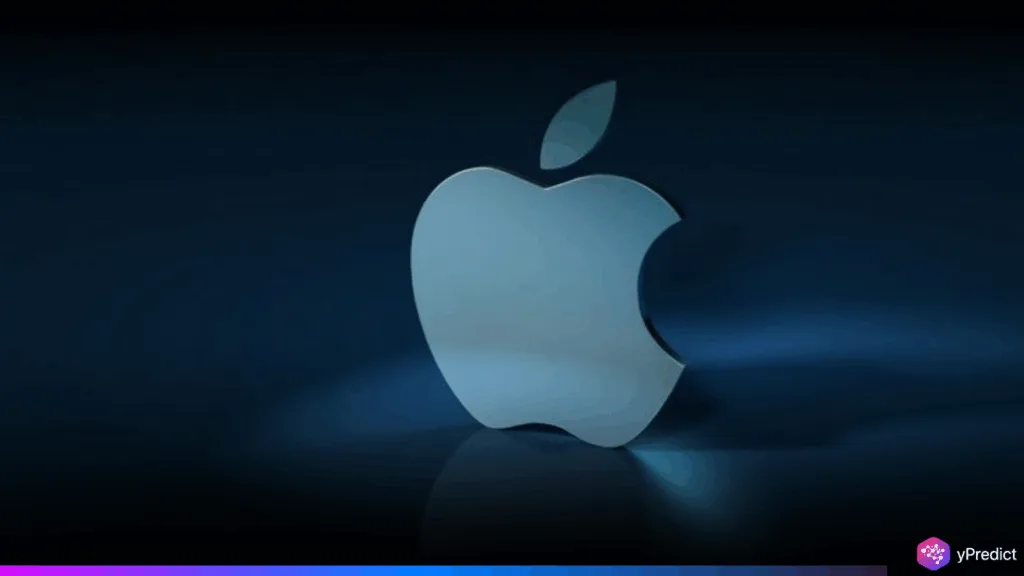
A recent Apple research paper sparked strong reactions among the AI research community. According to the paper, large reasoning models eventually fail as tasks become more complex. The study, titled “The Illusion of Thinking,” identifies significant flaws in the way that existing models approach reasoning.
Co-authoring the study is Samy Bengio, Apple’s senior director of AI and ML research. Additionally, the responses from top academics, Anthropic experts, and Swift Anytime show both skepticism and support. It highlights the challenge of determining the actual accuracy of the model.
Apple Tests Reveal Gaps in AI Reasoning Models
Apple’s study used diverse puzzle-based experiments to measure performance under rising complexity. Apple concluded that once a threshold is reached, even high-performing models eventually face a total collapse in model accuracy. Therefore, despite having a sufficient budget for tokens, reasoning ability initially increases with problem complexity before sharply declining. The “token budget” refers to the number of input and output tokens a model can process within a task. It is a key factor in LLM performance.
Furthermore, Anthropic, a prominent AI startup backed by Amazon, challenged Apple’s findings. The company said that the results are not a reflection of model failures but shortcomings in the design of the tests. Additionally, Anthropic contended that the design of the experiment gave the impression that the reasoning was flawed.
According to their researchers, “apparent collapses” in performance are more about measurement limits than true breakdowns. As a result, this divergence in interpretations has sparked heated debates about AI research worldwide.
What Is Driving the Debate Over Apple’s Claims?
Gary Marcus, a well-known AI critic and academic, backed the idea of caution. He claimed that these models are capable of using external tools or producing Python code. However, they are still unreliable for reasoning in the real world. Marcus warned against overtrusting such models in complex applications. He stated, “You can’t just drop GPT-4 or Claude into any hard problem and expect success.”
Mayank Gupta, founder of stealth AI startup Swift Anytime, offered a balanced view. According to him, Anthropic and Apple both have good points. It shows we’re still learning how to measure reasoning in large reasoning models. Gupta continued, “The models change more quickly than our tools do.” His remarks highlight the need for improved metrics that can differentiate between output generation and true reasoning.
Thus, these opinions show how divided experts still are on the strengths and limitations of the models. There is ongoing debate about whether current AI research techniques can accurately capture these aspects.
How Will Apple Handle Large Reasoning Models?
Apple’s paper might help to explain why it is integrating AI cautiously. In contrast to competitors like OpenAI, Meta, and Google, which are integrating AI into their products at a rapid pace, Apple has been slower. This hesitation was highlighted at the recent Worldwide Developers Conference, where critics criticized the company’s slow AI efforts.
Furthermore, the study’s findings support Apple’s deliberate strategy, implying that it may be waiting until model accuracy issues are resolved. Moreover, researchers agree that a more precise framework is required, one that distinguishes between the production of raw language and logical reasoning. As AI research advances, industry and academia must collaborate to develop smarter benchmarks.
Bottom Line
The ongoing dispute over large reasoning models is only one aspect of a larger discussion. Some people think that failure is a deeper limitation of current AI, while others see it as a design flaw. In any case, the next innovations may be fueled by this back-and-forth. Additionally, it highlights the pressing need for improved assessment instruments that accurately measure reasoning. Therefore, the key to safely and effectively deploying models as they scale will be to understand their limitations.






